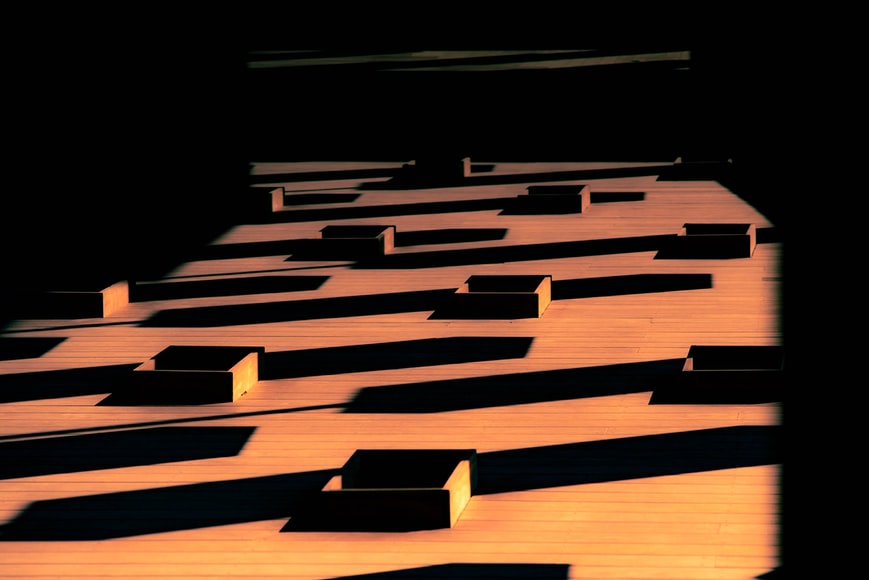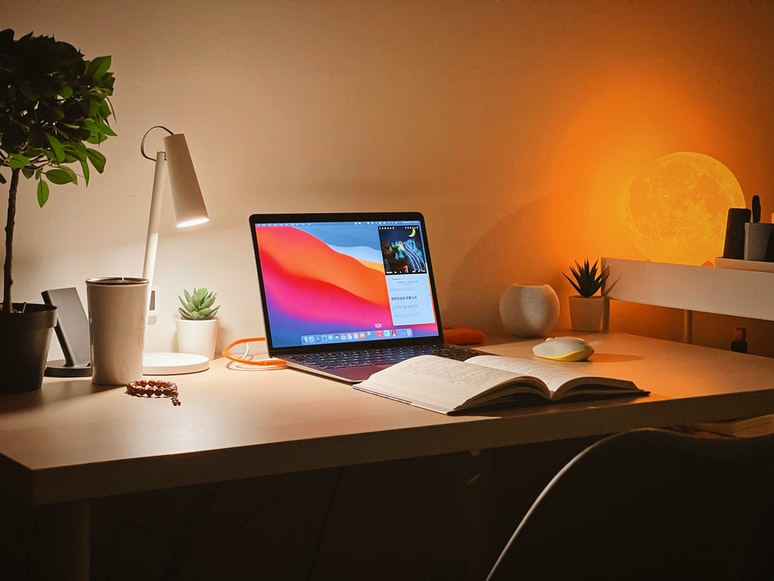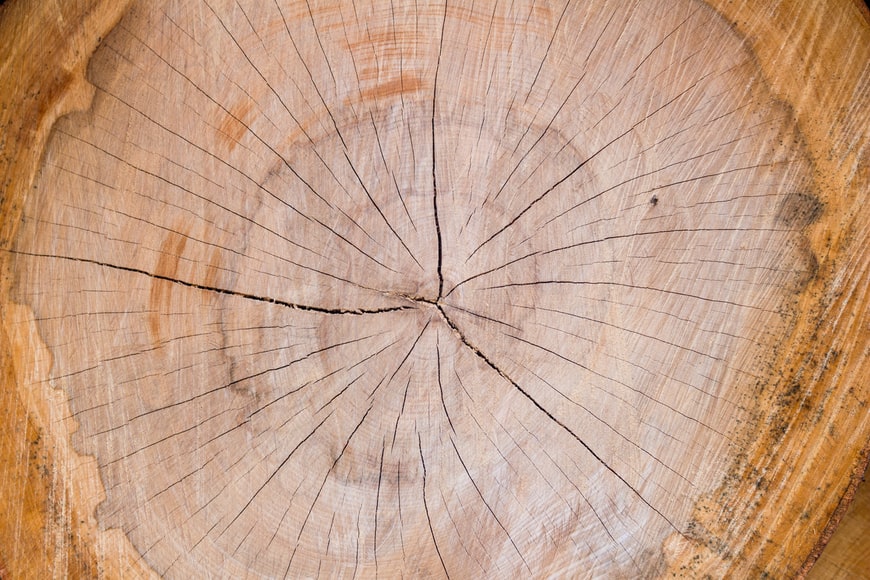
A Quick Look at the Difference Between Plywood and Engineered Wood
The kind of furniture you choose while planning your home décor takes precedence over most other designing factors. More importantly, issues such as the kind of wood used, its durability, and its aesthetic appeal are mulled over, before a choice is made. And that is not an easy task in today’s market!
There is a vast range of products available in stores all over the country. However, apart from the ever-popular wooden furniture, plywood and engineered wood are the favourites. While we can argue that plywood too is engineered wood, there are a number of differences between the two. So, what is engineered wood furniture? Before you head for a furniture store, credit card in hand, let’s check out what’s what in the world of wood.
Engineered wood: What it’s all about
Before we go into the nitty-gritty of the engineered wood vs plywood debate, let’s find out more about the subject. Engineered wood is wood formulated by binding strands and particles of wood using adhesives or other fixatives to make fused materials. Engineered wood is also called manufactured board, or composite wood.
What are the advantages of engineered wood?

One of the greatest advantages of engineered wood is that it can be produced to meet specific needs. It is versatile and available in a wide range of thicknesses, making this an interesting product for furniture businesses, homeowners, and designers.
The best part about this wood is that it is user-friendly and furniture can be fashioned using normal tools. When compared to solid wood, engineered wood is easy to cut, join, glue, drill and fasten. But, its greatest advantage? It’s a lot cheaper than solid wood!
Read - The Varying Worlds of Wood in Furniture
The downside of engineered wood
- Engineered wood requires adhesives to bind the material. And some chemicals, such as formaldehyde can be toxic
- Particle boards and fibre boards soak moisture. And this makes the product highly unsuitable for outdoor use; or even in very moist indoor areas
- For aesthetic appeal, engineered wood requires laminates and veneer to give a finished look. When compared to solid wood furniture, they fare badly, as all solid wood needs is a touch of polish to bring out its beauty.
Different kinds of engineered wood

Basically, the same softwoods and hardwoods that are used for the production of lumber are used to make engineered wood. Sawmill scraps and other types of wood leftovers go into the making of engineered wood.
Before making your purchase, many factors need to be taken into consideration. Check for the strength, the purpose you want it for, the properties of the wood and the cost. All these factors vary, depending on the product you have chosen. As engineered wood durability can differ, its best to examine the product before you zero in on one.
Let’s check out some of the basic engineered wood types available in the market.
- Particle board
- Plywood
- Blockboard
- Medium density fibreboard or MDF
It’s easy to think of plywood as different from engineered wood, when you go the plywood vs engineered wood route. But as you can see, plywood too is a type of engineered wood.
What is plywood?

Thin sheets of wood veneer are assembled to create plywood. In order to make the bond strong, binding agents are used.
Let’s examine the pros and the cons of plywood
The advantages of using plywood
- Where strength is concerned, plywood is the best amongst engineered woods
- There is little expansion or shrinkage problem
- It is not very susceptible to damage
- You can polish it, paint it; or even stain it, making it ideal for making engineered wood furniture
- You can screw it or nail it because of the cross-grain pattern of plywood
- Costs a lot less than solid wood
- You not only get different wood species in plywood, but the thickness also varies according to requirement
- It is long-lasting
- Suitable for making furniture, even in damp areas such as the kitchen
The disadvantages of plywood
- There are chances of plywood sagging if you use long pieces of wood
- It’s more expensive than particle board or blockboard
- You can distinctly make out the different layers on the sides. This makes it necessary to laminate or veneer the edges
Particle board

Scraps of wood, wood chips, sugarcane waste, and sawmill dust are glued together to make a flat particle board. This engineered wood has its pros and cons.
The advantages of particle board
- Particle board is cost-effective, when compared to plywood or other engineered fibreboards
- When laminated or veneered, they add aesthetic appeal without costing a bomb
- Smooth surface of particle boards makes it easy to stick laminates and veneer
- Shape distortion and dents are rare
- They are light-weight and easy to transport
- They have a high screw-holding capacity, making these boards popular for DIY screw-on furniture projects
- Easy to clean and maintain
- Ideal for false ceilings and theatres for their acoustic properties
Disadvantages of particle board
- They are not as strong as other fibreboards
- Transportation is an issue as they damage easily
- Discolouration and warping are possibilities under extreme climatic conditions
- Less durable than fibreboard and plywood
- Unable to support heavy loads
- There are chances of toxicity as they are made using urea formaldehyde resin. This resin can get released into the atmosphere even after years. As it is carcinogenic, this is a huge concern
Read - Solid Wood Furniture – Know your Wood
Blockboard
Similar to plywood, blockboard is made from strips of softwood, glued together between layers of wood veneer. The board is glued under high pressure to effectively bond the strips. Blockboard is a better bet than medium density fibreboard [MDF] and particle board.

Advantages of blockboard
- High in stability, blockboard works well even in humid environments
- It is moisture resistant
- It is inexpensive
- It allows application of varnish, laminate coat, and paint
- A good product for nailing and fixing screws
- Resistant to warping
- It is lightweight and easy to transport
Disadvantages of blockboard
- Being lightweight, blockboards are not as dependable as their stronger counterparts
- Not very durable
- As blockboard is made by assembling strips of wood, it is not the best material to work with
- There are chances of shrinkage and swelling
- Insect infestation is a concern, as the blockboard may have been fashioned using inferior wood strips
MDF or medium density fibreboard

In its infancy, MDF was not as durable as solid wood. However, due to technological advances MDF is not only very reliable today but cost-effective too. This makes MDF a popular choice with manufacturers of furniture.
MDF is made using broken down wood fibre residuals. This is then mixed with resins and wax. Heat is used to press the sheets making them dense and durable. Characteristically, a sheet of MDF is smooth, even and heavy.
Advantages of MDF
- It doesn’t bend, but snaps under duress
- Doesn’t warp
- Resilient to moisture
- It is affordable; but prices may vary
- Painting and sealing MDF is a simple process
- Ideal product for cabinetry even in the kitchen as it is resistant to moisture
Disadvantages of MDF
- It is engineered wood and can easily be damaged
- Needs a gentle approach so as not to damage the fibre core
- Damage to MDF is permanent, unlike solid wood furniture, where it’s easy to hide blemishes
- MDF is heavier than wood and needs more supports to anchor furniture to walls
- As there is wax involved in its construction, it doesn’t handle heat very well
- There are chances of the sheet sagging when excess weight is piled on it
When you debate the MDF vs engineered wood advantages, other types of engineered wood may be a better bet when you examine all the pros and cons.
Solid wood is a good choice

It is natural, sturdy and above all, beautiful. Best of all, it is long-lasting. Adding a few pieces of wooden furniture to the mix will surely give your room that extra edge. And when you consider the engineered wood vs solid wood furniture dilemma, solid wood will win the argument every time!
Designers and homeowners are spoilt for choice when selecting the right material; as there are different types of woods available. However, you need not select one type of engineered wood for the whole house. In addition, if you are confused about the engineered wood vs MDF difference; you can ask your interior designer or your carpenter to guide you so that you can find the best product for your particular need. Once you have your basic needs covered you can go hunting for prized pieces of decedent solid wood furniture for the finishing touch to your home.
You can also check out the Woodsala website and peruse through the many wooden furniture options that are made of the highest quality and by skilled artisans. The plethora of options is sure to help you land something that you will like.
Read - How to Identify the Ideal Wood for Quality Wooden Furniture



























